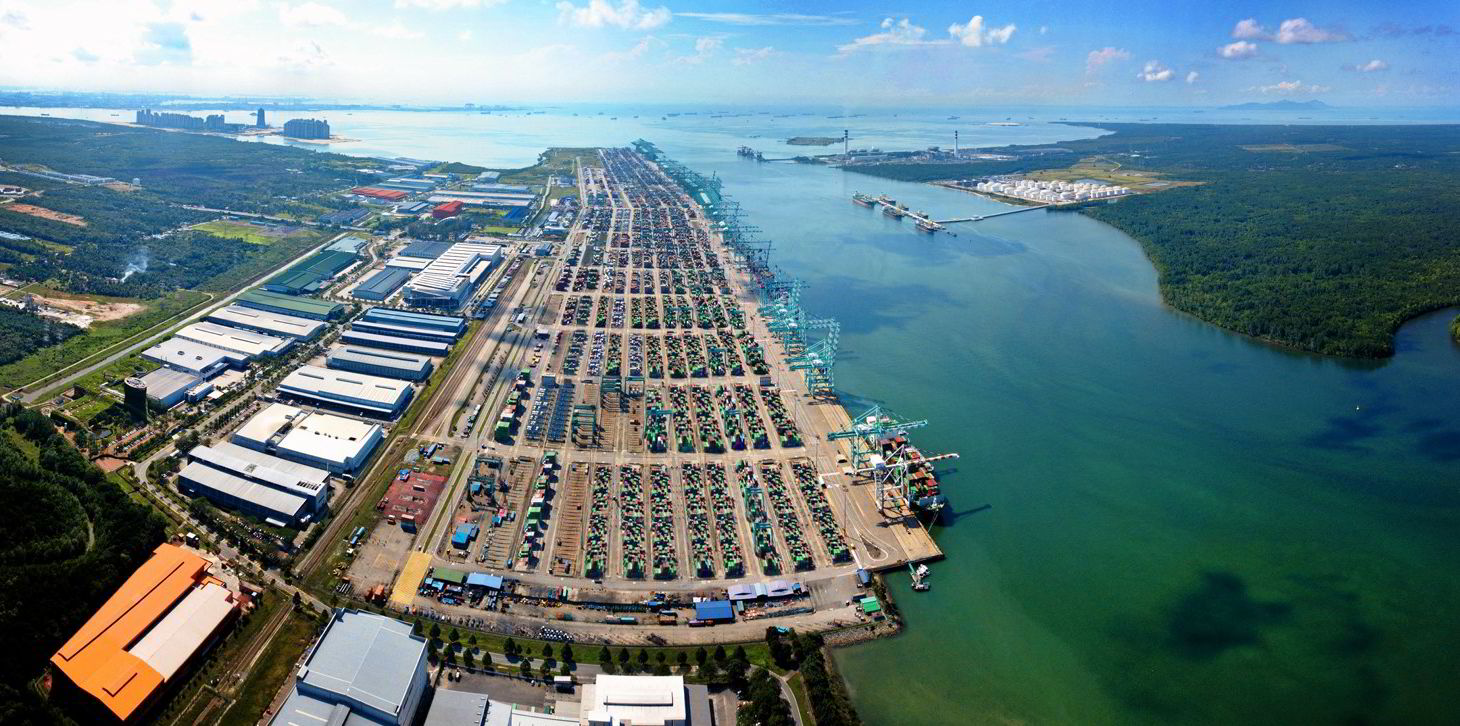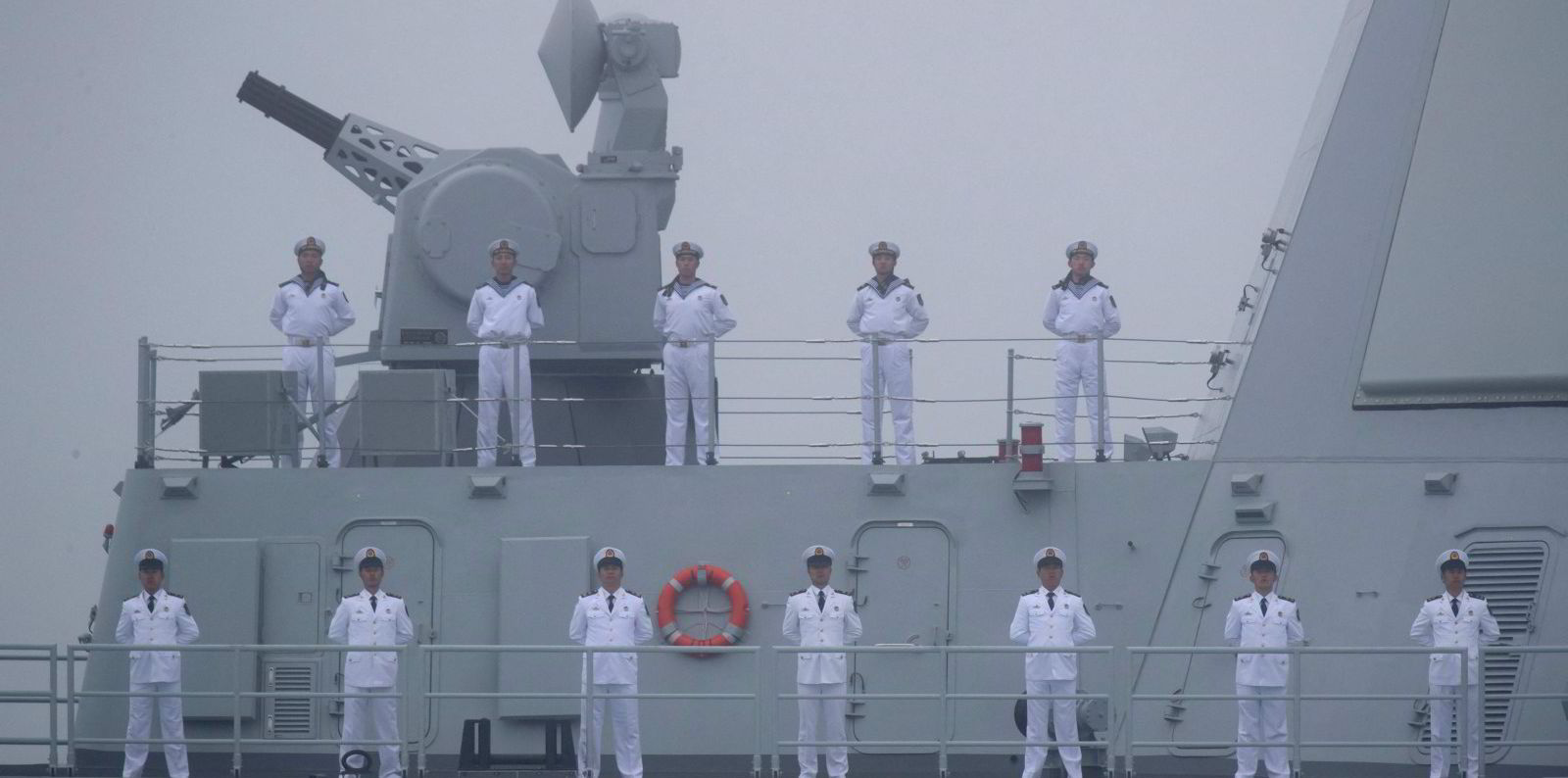Mercuria Energy Trading is about to flip a vintage VLCC for a strong gain after upgrading the vessel in an increasingly bullish secondhand market.
Market sources said the trading giant is in the process of selling the 306,000-dwt Jupiter (built 2000) to unknown interests for $27m.
Mercuria had bought the vessel from Greece’s Maran Tankers for $19.5m in December.
The Jupiter, constructed by Daewoo Shipbuilding & Marine Engineering, is the only known ship owned by Mercuria.
“The vessel has newly installed heating coils throughout cargo tanks, with a blending system installed,” said a London-based sale-and-purchase broker, estimating that the upgrade costs exceed $2m.
“They must have sold it to someone who needs this peculiarity.”
The ship has a top rating in the Condition Assessment Programme after completing dry-docking in the first quarter. Kpler data shows it has served as a floating storage facility for bunker fuels off Tanjung Pelepas since April.
With a storage notation, the vessel does not need to be installed with a ballast water treatment system if remaining stationed, the shipbroker added.
Mercuria is expected to make a decent profit from the vessel's sale even when taking into account the dry-docking and upgrade costs.
Secondhand tanker prices have been rising in recent months, and experts attribute the upward trend to limited yard capacity, rising steel prices, and strong demand for old tonnage from operators involved in risky trades.
The value of a 21-year-old VLCC has increased by 29.6% so far this year, according to VesselsValue.
BITG analyst Gregory Lewis said he has observed “asset inflation” in the shipping sector even though tanker earnings have been plagued by oversupply for some quarters.
“Crude tanker rates are on pace to have arguably their worst year ever,” he said in a research note.
Many analysts expect tanker earnings to gradually improve on recovering oil demand in the coming months, but major producers have yet to lift shipments.
“Opec+ production must step up if current projections for demand growth are met, otherwise we could see a serious crunch in supply and very high oil prices,” Maritime Strategies International said.
“This poses a risk to our outlook which, despite some downward revisions to spot rates in the second quarter, continues to see improving tanker market conditions in the second half of 2021.”






